- Category
- World
Meet Kronos: A Ukrainian-Designed Stealth Submarine With Black Sea Operations Potential
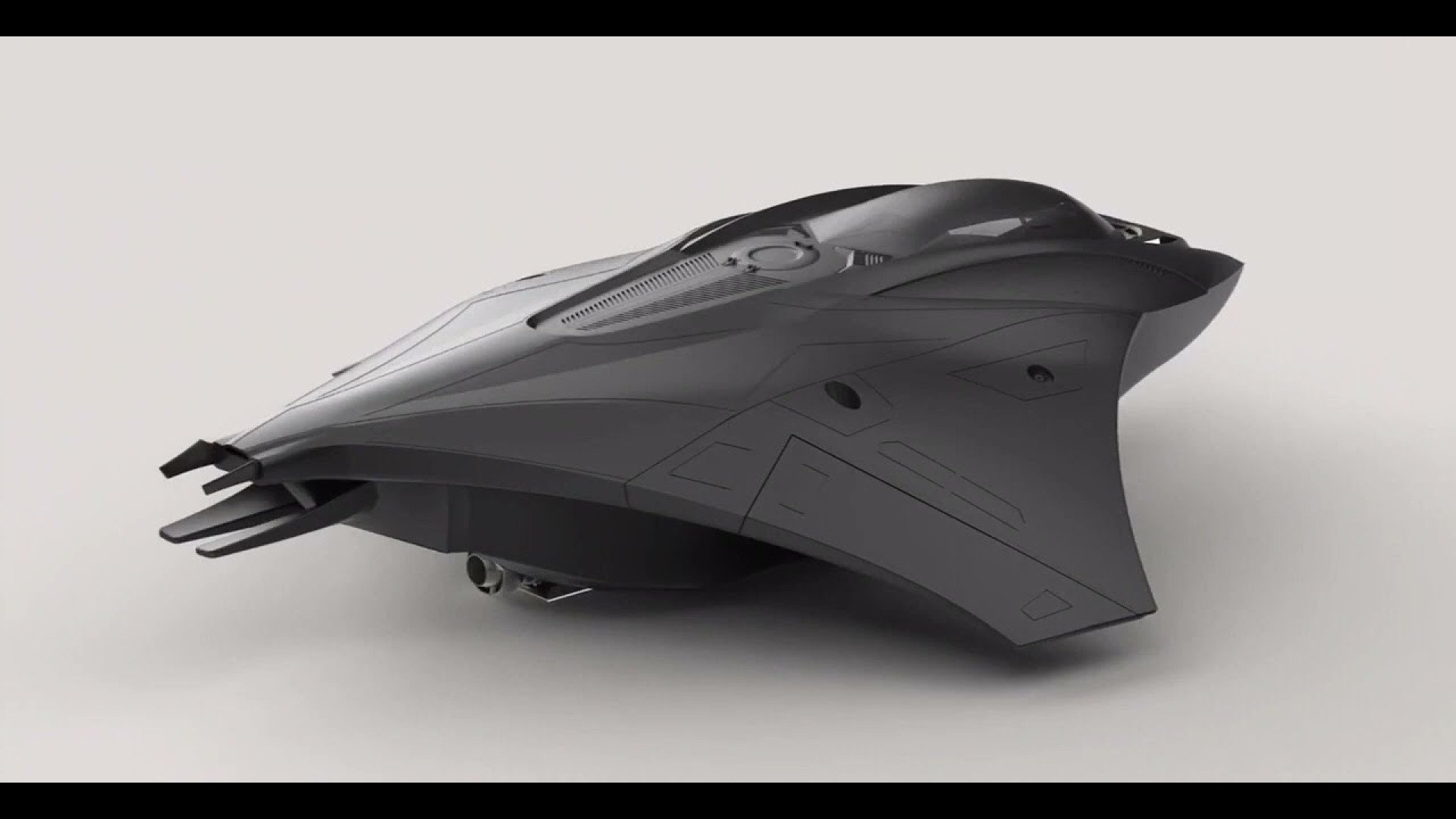
Conceived by Ukrainian engineers and built in the Gulf, Kronos is a stealth submarine unlike any other—armed with torpedoes, designed for covert strikes, and quietly waiting for its first real mission. Could Ukraine be the one to use it?
It looks like a cross between a stingray and a stealth jet. Armed with six torpedoes, it glides silently underwater and can spin 180 degrees on the spot. Meet Kronos—a next-generation submarine not built in a naval shipyard, but in the deserts of the United Arab Emirates. And the minds behind it? A team of Ukrainian engineers who took their talents abroad.
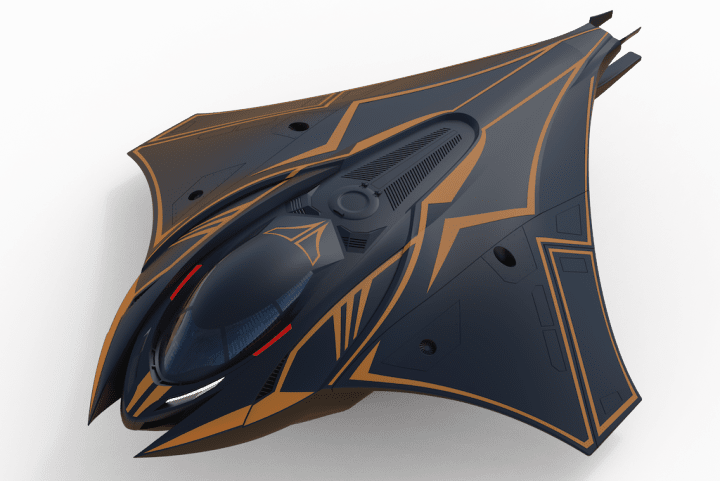
Ukrainian minds behind the machine
Kronos is the brainchild of Highland Systems, a defense startup founded by Ukrainian engineer Oleksandr Kuznetsov. A former military R&D specialist, Kuznetsov and his team of seven engineers began the project in Ukraine but quickly hit roadblocks: bureaucracy, lack of access to critical components, and limited state support.
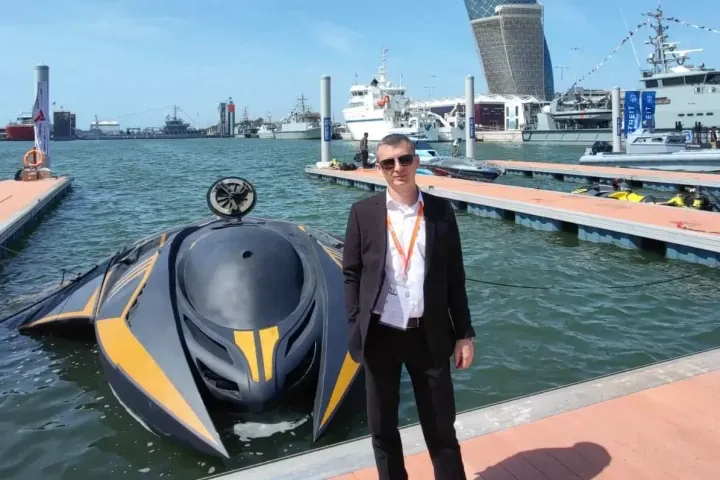
Unable to realize their vision at home, the team relocated to Dubai, where they found fewer restrictions and more investment. In the Emirates, Highland Systems partnered with local defense players and turned their concept into a real prototype.
Design and capabilities
Unlike conventional submarines, Kronos features a futuristic shark-like, manta ray–inspired hull with folding wings—designed to reduce sonar visibility, enhance stability, and drastically improve hydrodynamics. Built entirely in the UAE, the vessel combines stealth and efficiency, introducing a new paradigm in submarine design.
Kronos is powered by a hybrid propulsion system—electric and diesel—allowing near-silent operation underwater. Its electric engine delivers 1,200 horsepower and 2,400 Nm of torque, enabling speeds of up to 80 km/h on the surface and 50 km/h underwater. The submarine operates at a working depth of 100 meters with a maximum critical depth of 250 meters.
Inside, Kronos supports both manned and unmanned configurations. The cabin is equipped with adaptive lighting, air conditioning, and an automated life support system. It seats up to 11 people and can carry a payload of up to 3,000 kg on water. Folding wings make the vessel easier to transport and deploy.
The submarine’s endurance varies by mode:
Up to 18 hours in battery-only mode
36 hours on generator-only mode
54 hours in hybrid mode
Other performance features include:
Full battery recharge time: 1.5 hours
Air refueling support: 1.5 hours
![Interior schematic of the Kronos submarine, showing torpedo bays, hybrid engine, and seating layout. (Source: Highland Systems) Interior schematic of the Kronos submarine, showing torpedo bays, hybrid engine, and seating layout. (Source: Highland Systems)]()
Interior schematic of the Kronos submarine, showing torpedo bays, hybrid engine, and seating layout. (Source: Highland Systems)
Kronos is armed with six Black Scorpion lightweight torpedoes, supplied by Italy’s Leonardo. It can be configured for a range of missions, including:
Covert infiltration
Anti-submarine warfare
Surveillance
Rescue operations
Kronos isn’t just a concept vessel—it represents a shift in what compact, high-performance submarines can be in modern defense and industrial use.
Inside Kronos: The cockpit of Ukraine’s shark-shaped stealth sub. Designed for covert ops, built in the Gulf.
— Ivan Khomenko (@KhomenkoIv60065) June 24, 2025
🎥👇 pic.twitter.com/1xIOdSIAC3
Why the UAE—and not Ukraine?
The decision to move the project to the UAE was practical. According to Kuznetsov, building such a submarine in Ukraine was “nearly impossible” under wartime restrictions and import bans. In contrast, Dubai offered manufacturing access, funding, and a neutral export base.
The prototype was assembled in a desert facility outside Dubai. Kronos made its public debut at NAVDEX 2023, the UAE’s flagship defense expo, drawing surprise and admiration from NATO officers and regional buyers alike.

Highland Systems has confirmed interest from Saudi Arabia and other Gulf clients. Some want Kronos for civilian use, such as infrastructure inspection and offshore security. Others are exploring its military potential, particularly the unmanned variant.
Despite its origins, Ukraine is not yet among the buyers. Highland Systems says they’re open to any client with serious interest—but the submarine is still in early-stage production, and delivery would require full-scale manufacturing ramp-up.
Could Kronos one day serve Ukraine?
Technically, yes. As a privately owned, dual-use product, Kronos is available for export—and Ukraine could acquire it. Its compact size, hybrid propulsion system, stealthy design, and remote-control capabilities make it well-suited for operations in the Black Sea, especially in missions involving infiltration, sabotage, or rapid underwater strikes.
Kronos would fit naturally into Ukraine’s growing portfolio of asymmetric tools. From the sinking of the Moskva to underwater attacks on the Crimean Bridge and deep-penetration strikes like Operation Spiderweb, Ukraine has redefined modern special operations.

The country has proven that naval supremacy doesn’t require a traditional fleet—but creative thinking and the right tools.
That said, several obstacles remain. Ukraine’s procurement priorities are currently focused on air defense systems, artillery, drones, and immediate battlefield needs.
Kronos is expensive—estimated at over $10 million per unit—and still undergoing testing, with no confirmed combat deployments. Its integration into a wartime naval structure would require resources, training, and time.
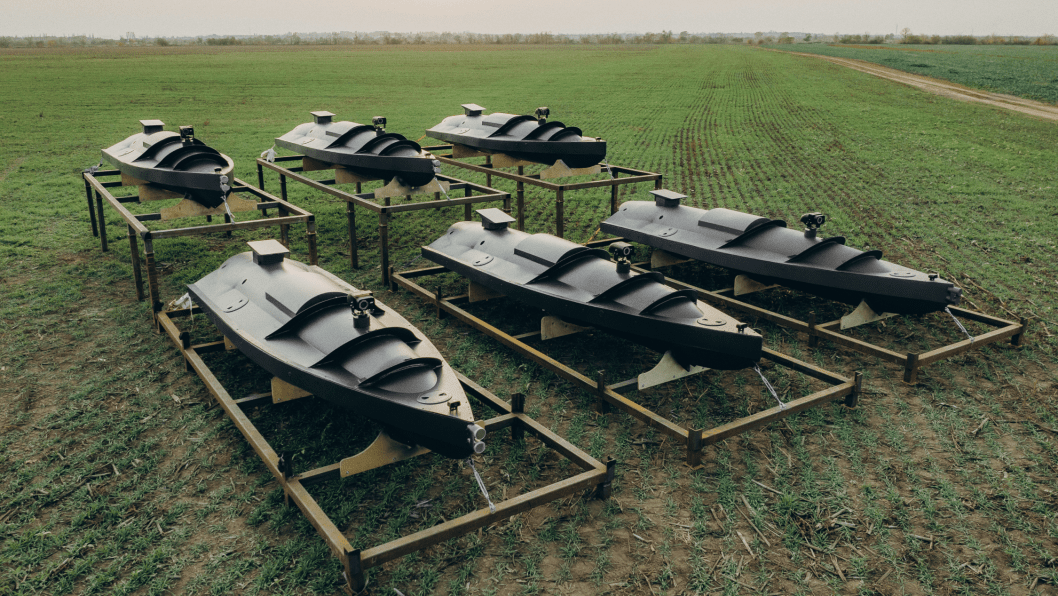

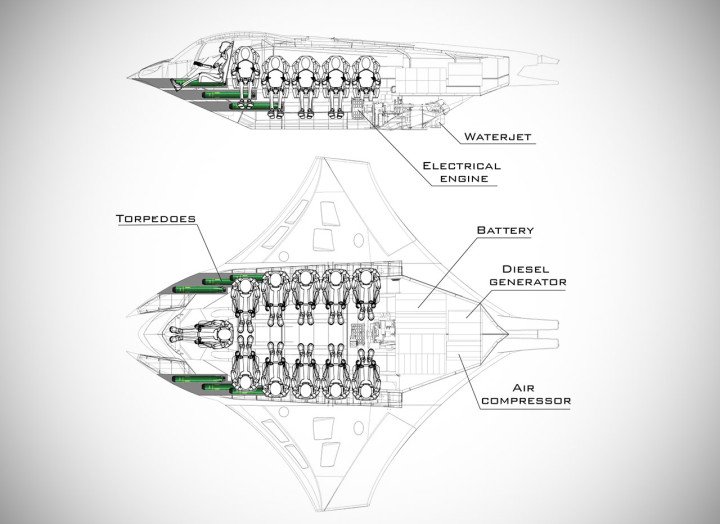

-29a1a43aba23f9bb779a1ac8b98d2121.jpeg)
-c9be02aad2c169e14ebc2a41d0ba02dc.jpg)
-605be766de04ba3d21b67fb76a76786a.jpg)
-56e0bfa71829348120777fba0ad5ba46.png)


-46f6afa2f66d31ff3df8ea1a8f5524ec.jpg)